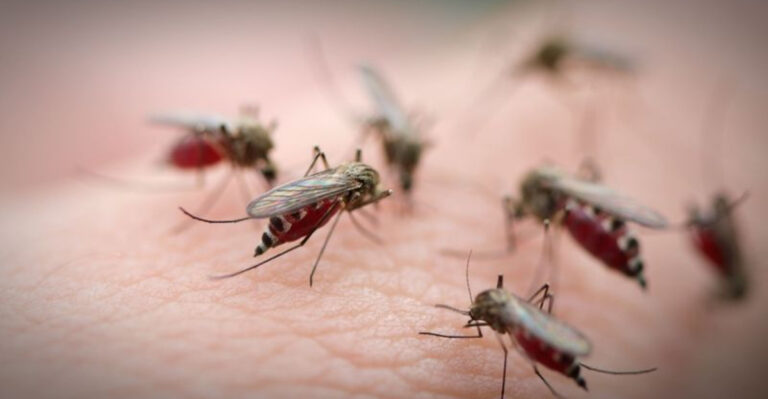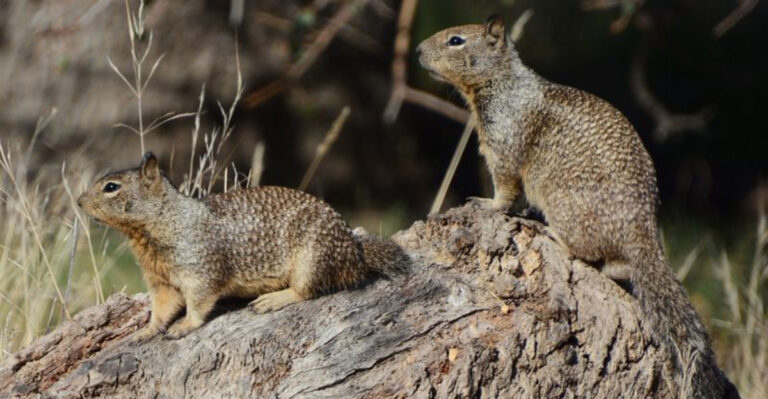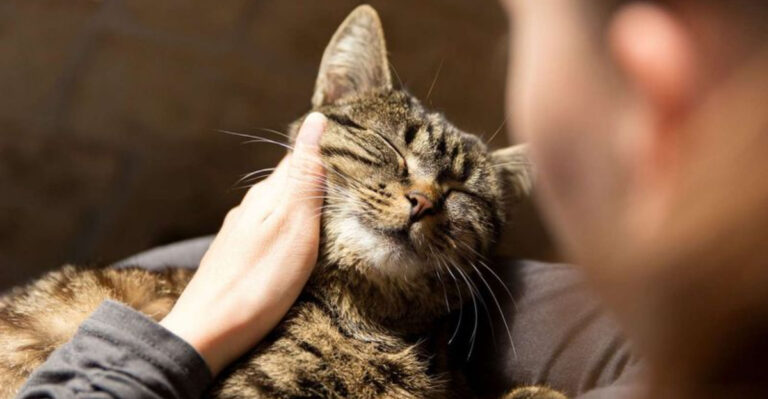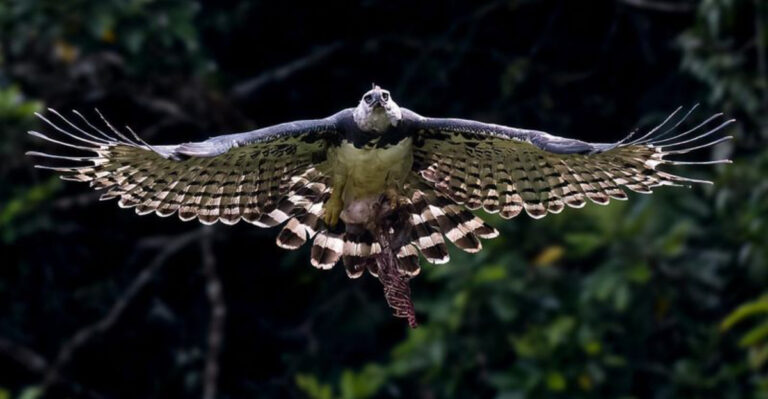20 Times Birds Proved They Understand Humans Better Than We Think
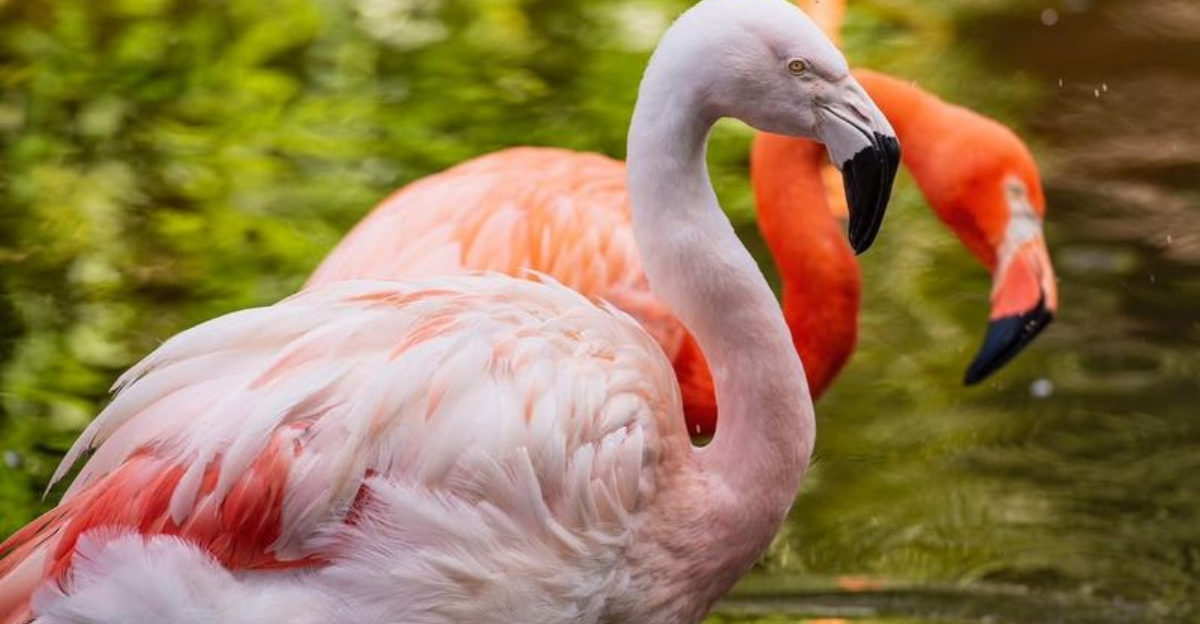
Birds have an uncanny ability to understand humans in ways that often leave us astounded. Whether it’s their adept communication skills or their surprising empathy, these avian wonders have time and again demonstrated a level of intelligence that rivals that of many other creatures.
In this list, we’ll explore fascinating instances where birds have shown just how in tune they are with the human world. From mimicking human speech to forming unlikely friendships, prepare to be amazed by these feathered geniuses.
1. A Parrot’s Perspicacity
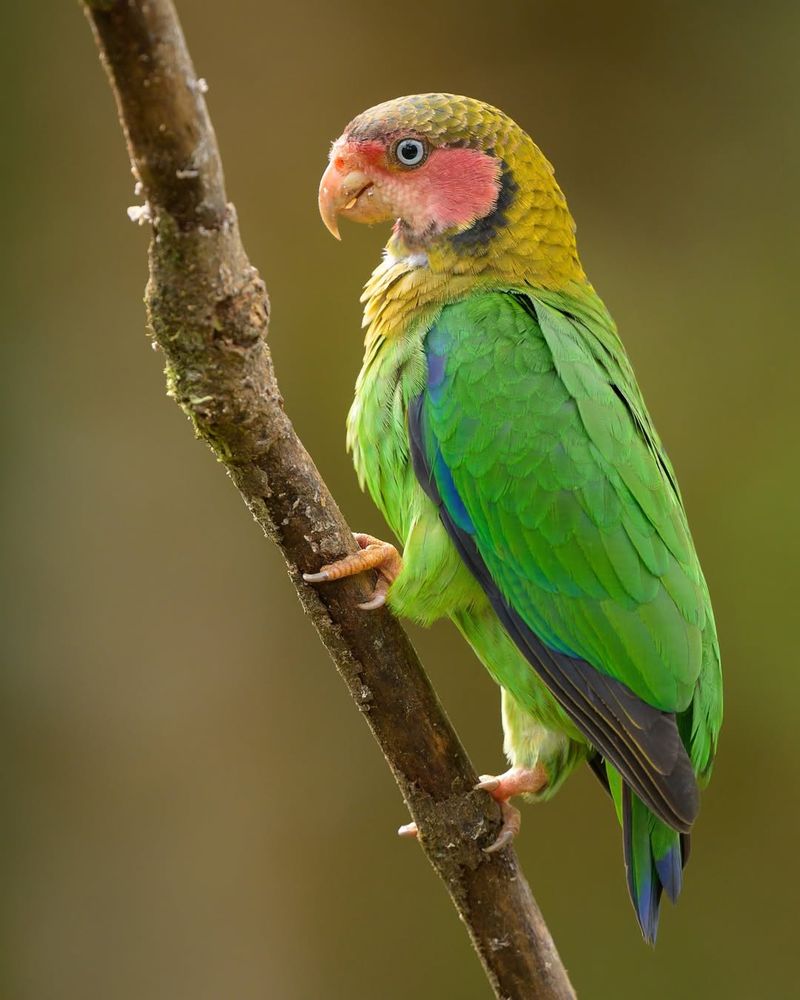
Parrots have long been admired for their remarkable ability to mimic human speech. These talented birds don’t just repeat words; they also understand context. Imagine a parrot saying ‘Hello!’ every time someone enters the room, showcasing its awareness of human social cues.
One story tells of a parrot named Alex, who could count, recognize colors, and even express emotions. His intelligence was so profound that he could distinguish between different shapes and understand the concept of zero.
Beyond mere mimicry, parrots often engage in conversations with their human counterparts, asking for food or expressing their likes and dislikes. This incredible cognitive ability not only entertains but also opens up new avenues for understanding animal intelligence. Truly, the communication skills of parrots are a testament to their deep understanding of the human world.
2. Ravens’ Riddles
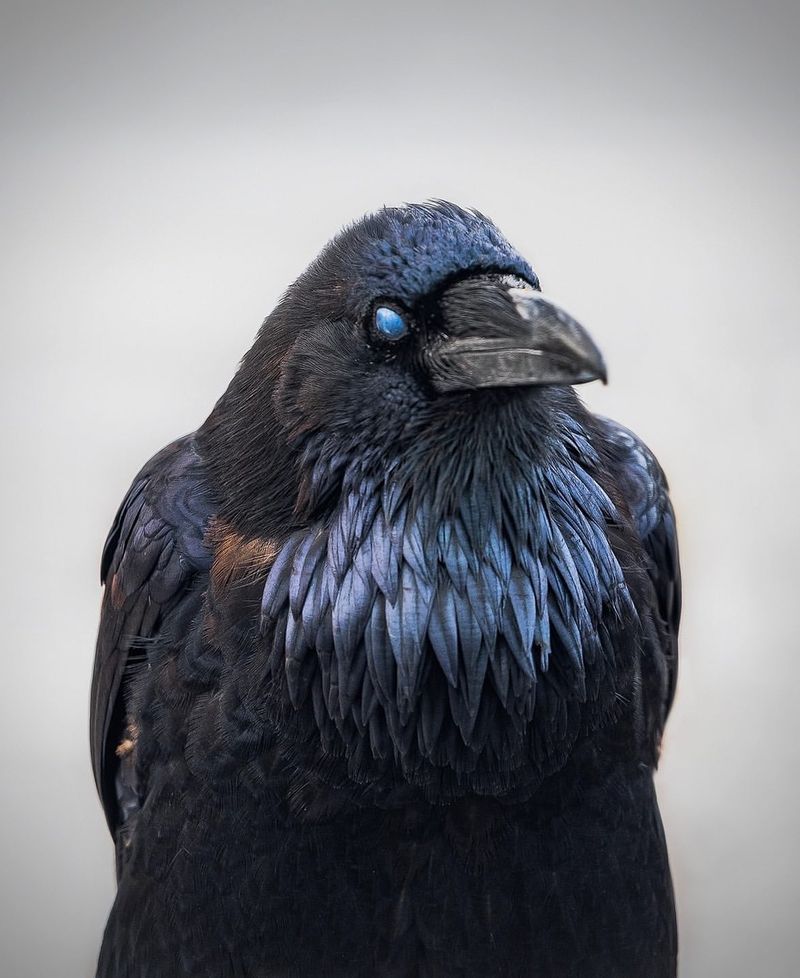
Renowned for their problem-solving prowess, ravens have been observed performing complex tasks that showcase their understanding of human behavior. In one study, ravens were able to solve a series of puzzles to access food, demonstrating not only their intelligence but also an ability to plan and cooperate.
Ravens have been known to use tools, a skill once thought exclusive to humans and primates. They can even mimic human speech, although not as eloquently as parrots.
In one charming anecdote, a raven named Loki would playfully steal shiny objects from visitors and trade them for treats. Such interactions highlight ravens’ ability to engage with humans in playful and meaningful ways, proving that these birds are more than mere scavengers. Their clever antics keep us entertained and intrigued, revealing how well they have adapted to understanding and interacting with humans.
3. Owls’ Observation
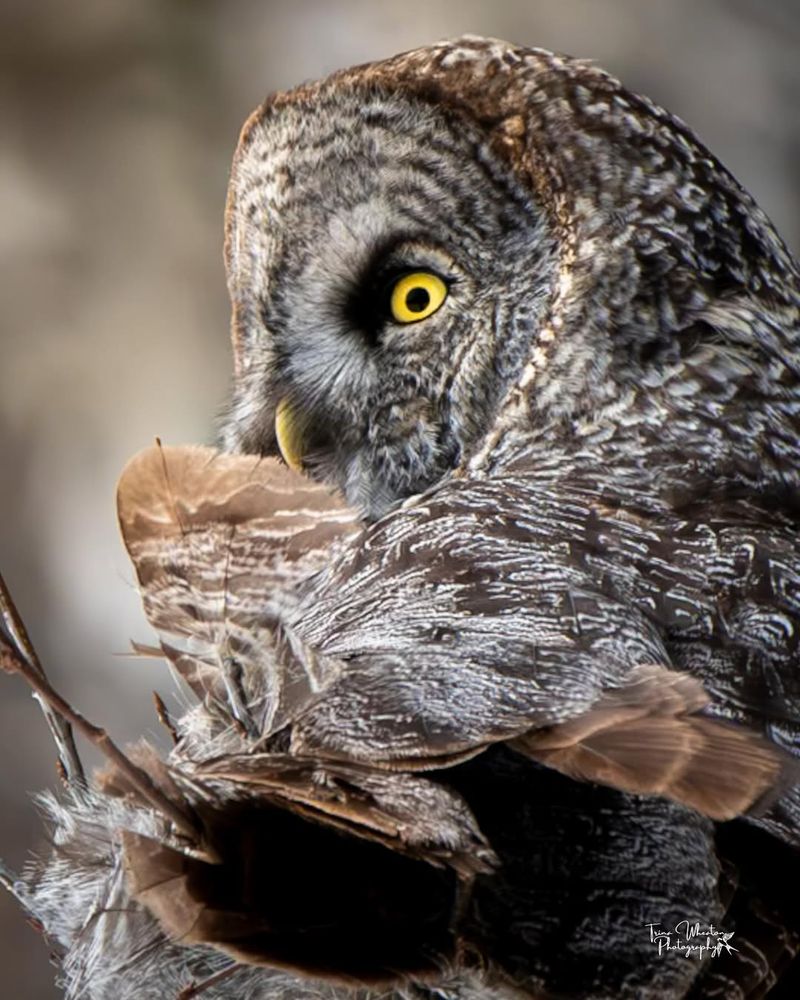
Owls often seem to possess an air of mystery and wisdom. These nocturnal creatures have shown an ability to recognize and react to human emotions, making them remarkable companions in wildlife rehabilitation settings.
In some cultures, owls are considered symbols of wisdom, possibly due to their perceptive nature and ability to observe without being seen. Anecdotes abound of owls forming bonds with their human caregivers, watching over them with a protective gaze.
One unforgettable story involves an owl named Luna, who would hoot softly whenever her caregiver expressed distress, offering comfort and companionship. The intuitive responses of owls to human emotions highlight their profound ability to connect with people, weaving themselves into the fabric of human folklore and daily life.
4. Crows’ Cleverness
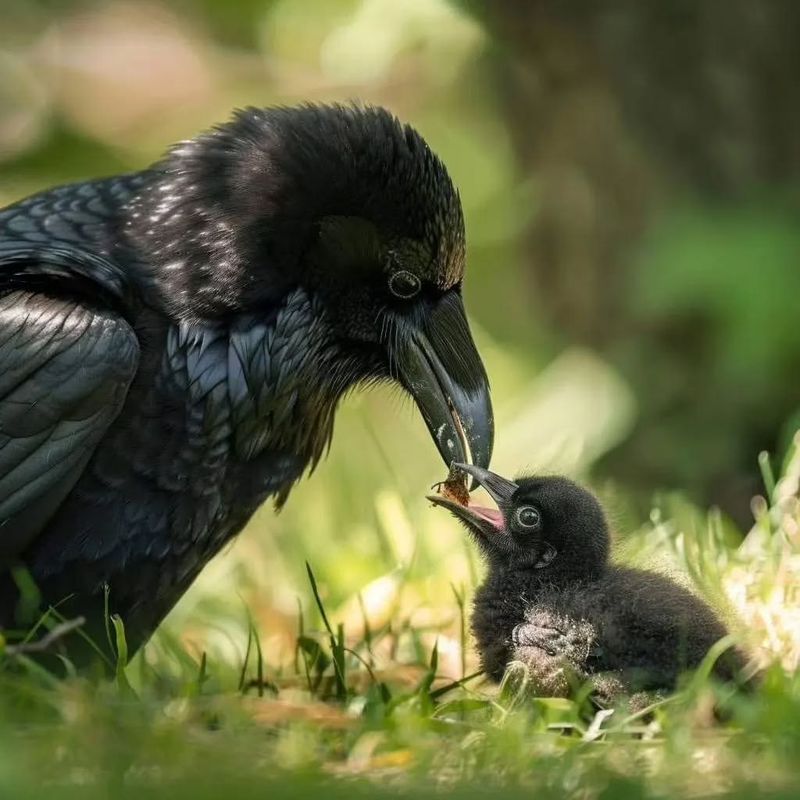
Crows have long been associated with intelligence, often depicted in folklore as cunning tricksters. Their ability to use tools and solve puzzles rivals that of apes, showcasing an impressive level of understanding and adaptability.
In urban environments, crows have been observed using traffic to crack nuts, placing them on roads for cars to run over, then retrieving the contents once the coast is clear. This clever use of human technology speaks volumes about their ability to learn and adapt.
One study found that crows could remember human faces, distinguishing between those who pose a threat and those who don’t. This ability to recognize and remember individuals demonstrates a sophisticated understanding of social dynamics, earning crows a reputation as one of the most intelligent bird species.
5. Penguins’ Playfulness
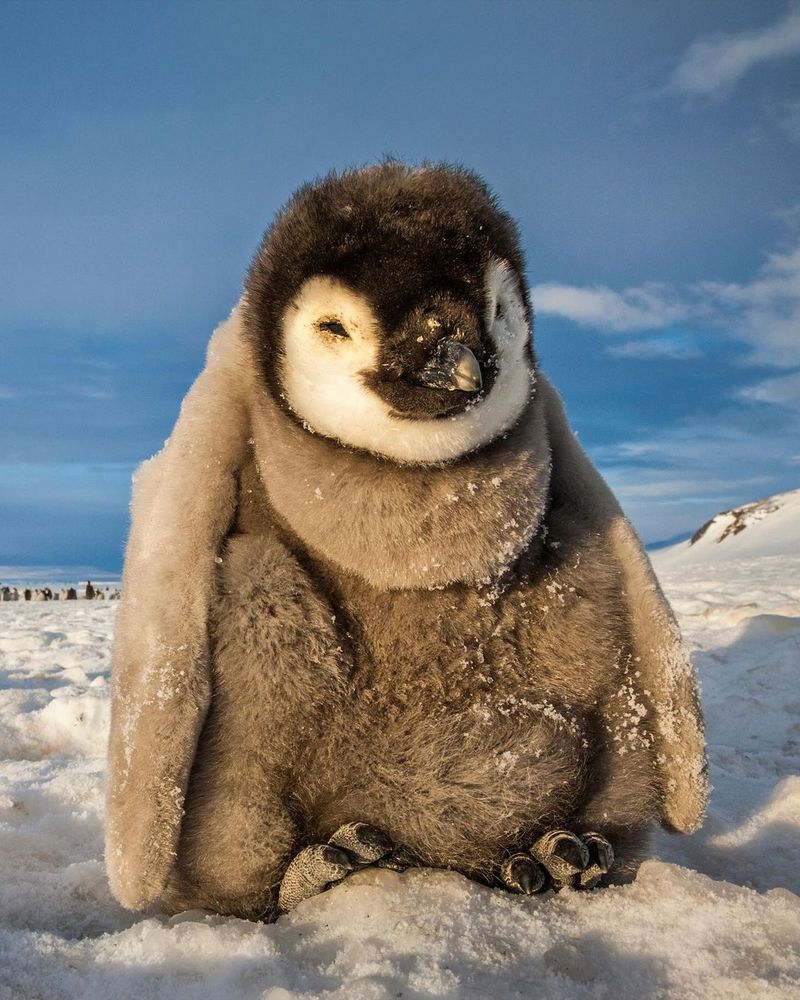
Penguins, with their endearing waddle and playful nature, have captured the hearts of many. Their interactions with humans, often filled with curiosity and joy, reveal a deep understanding of human behavior.
In some Antarctic research stations, penguins have been observed approaching scientists, seemingly intrigued by their presence. Their fearless nature and eagerness to engage with humans suggest a level of trust and recognition that warms the heart.
One humorous instance involved a penguin repeatedly slipping and sliding down a snowy slope, much to the delight of onlooking researchers. This playful behavior, combined with their social nature, makes penguins a favorite among animal lovers, demonstrating their ability to interact with humans in joyous and meaningful ways.
6. Pigeons’ Perception
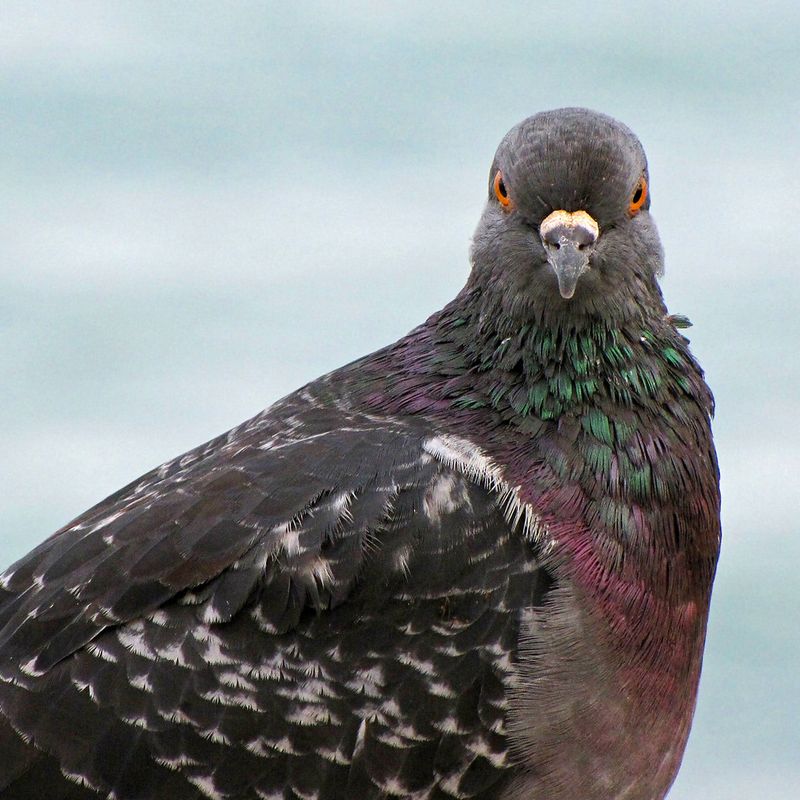
Often dismissed as mere city dwellers, pigeons possess a surprising intellect that often goes unnoticed. These birds have an exceptional ability to navigate complex urban landscapes, showcasing their keen perception and adaptability.
Pigeons have been used in wartime to carry messages, their sense of direction and reliability earning them accolades and medals. Their homing ability is so precise that they can travel hundreds of miles to return to their roost.
In one fascinating discovery, pigeons were trained to recognize human faces, even distinguishing between different people’s emotions. This skill highlights their capacity to engage with the human world in ways that defy their unassuming appearance, proving that pigeons are much more than just feathered passersby in our cities.
7. Hummingbirds’ Harmony
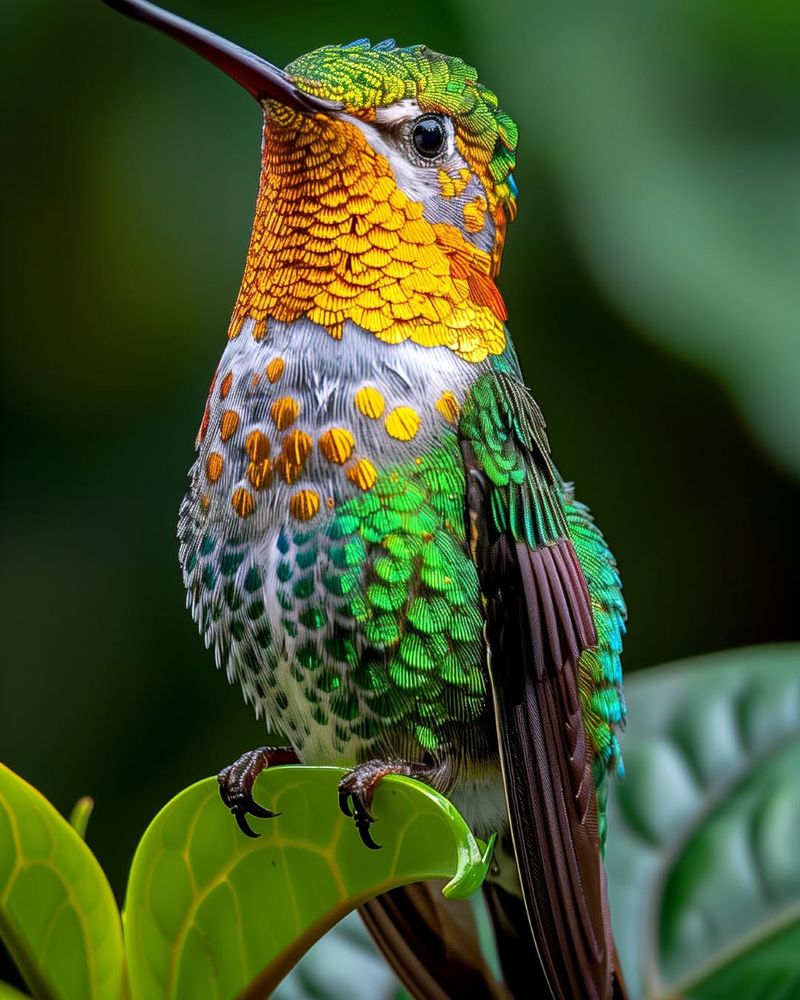
Hummingbirds seem to exist in a world of perpetual motion. These tiny birds have a remarkable ability to interact with humans, often appearing in gardens and backyards to delight observers with their acrobatic displays.
Their attraction to bright colors and sweet nectar often leads them to human habitats, where they become regular visitors. Some people have even formed bonds with these delicate creatures, feeding them from handheld feeders.
One enchanting tale involves a hummingbird who visited the same woman every morning, hovering near her as she enjoyed her coffee. This daily ritual showcased the bird’s ability to recognize individuals and form patterns of interaction, making hummingbirds a symbol of harmony and connection between nature and humans.
8. Cockatoos’ Charm
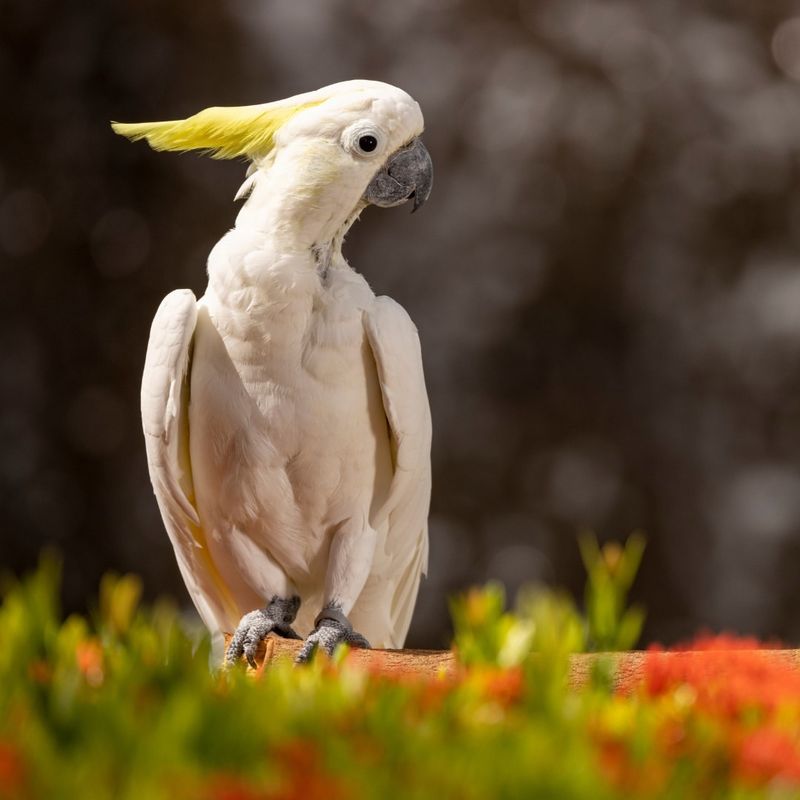
Cockatoos are among the most engaging avian companions. Their ability to mimic sounds and understand rhythm has endeared them to many, making them stars in the world of bird enthusiasts.
These birds are known for their ability to dance, often moving to music in a way that suggests a deep understanding of rhythm and beat. Some cockatoos have been observed tapping their feet or bobbing their heads in time with their favorite tunes.
In one delightful instance, a cockatoo named Snowball became an internet sensation with his dance moves, capturing the hearts of viewers worldwide. Such interactions highlight the charm and intelligence of cockatoos, as they continue to prove their capacity to connect with humans through music and movement.
9. Magpies’ Memory
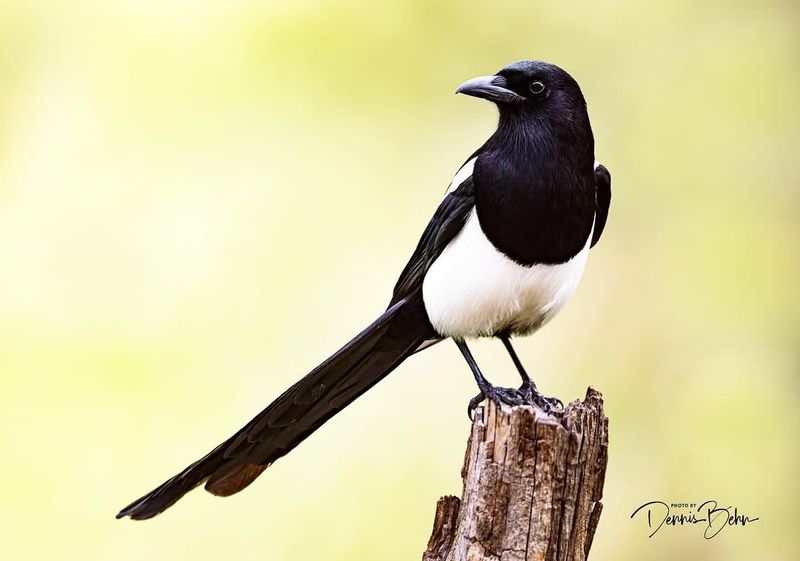
Magpies are renowned for their intelligence and ability to remember human faces. These birds often engage in playful interactions with people, showing a level of recognition and memory that sets them apart.
In urban areas, magpies have been known to follow cyclists, mimicking their speed and sometimes engaging in playful swoops. Their curiosity and boldness make them a favorite subject for bird watchers and nature enthusiasts alike.
One memorable encounter involved a magpie who would visit a family regularly, bringing small trinkets as gifts. This behavior, along with their ability to recognize individuals, suggests that magpies form intricate social bonds with humans, enriching our understanding of bird intelligence.
10. Finches’ Friendship
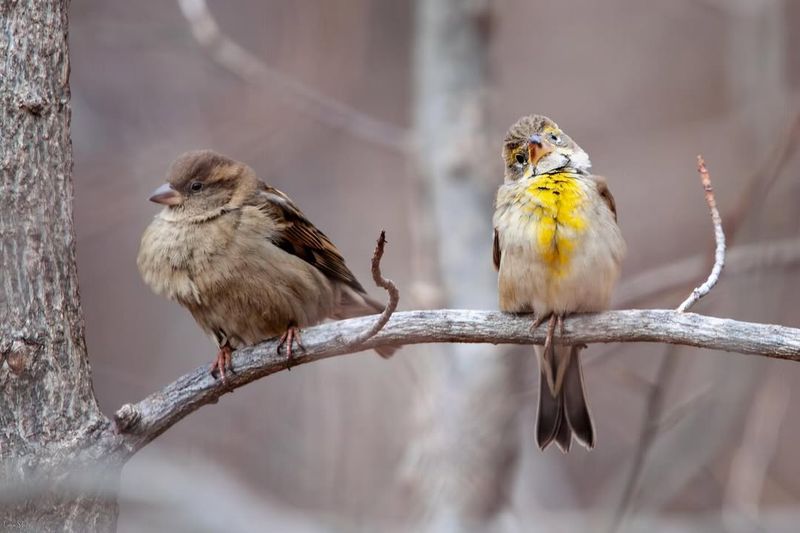
Finches are often considered symbols of joy and happiness. These small birds have shown an ability to form bonds with humans, offering companionship and delight through their cheerful presence.
In gardens and aviaries, finches are known to approach people, often seeking out their familiar faces. Their inquisitive nature and willingness to interact make them beloved companions for bird enthusiasts.
One touching story involves a finch who would visit an elderly woman daily, perching on her windowsill and singing a melodious tune. This daily serenade lifted the woman’s spirits, showcasing the finch’s ability to connect and bring joy, proving that even the smallest creatures can have a profound impact on human lives.
11. Swans’ Serenity

Swans, often associated with grace and beauty, have an uncanny ability to form connections with humans. Their serene presence and gentle nature make them favorites in parks and gardens worldwide.
These elegant birds are known for their loyalty, often forming lifelong bonds with their mates. This devotion extends to humans, as swans have been observed following people they recognize, often approaching them for food or companionship.
In one heartwarming instance, a swan named Nigel formed a bond with a local family, visiting them regularly and even allowing them to stroke his feathers. Such interactions highlight the serene and trusting nature of swans, proving that their beauty is matched by a profound ability to connect with humans.
12. Eagles’ Empathy
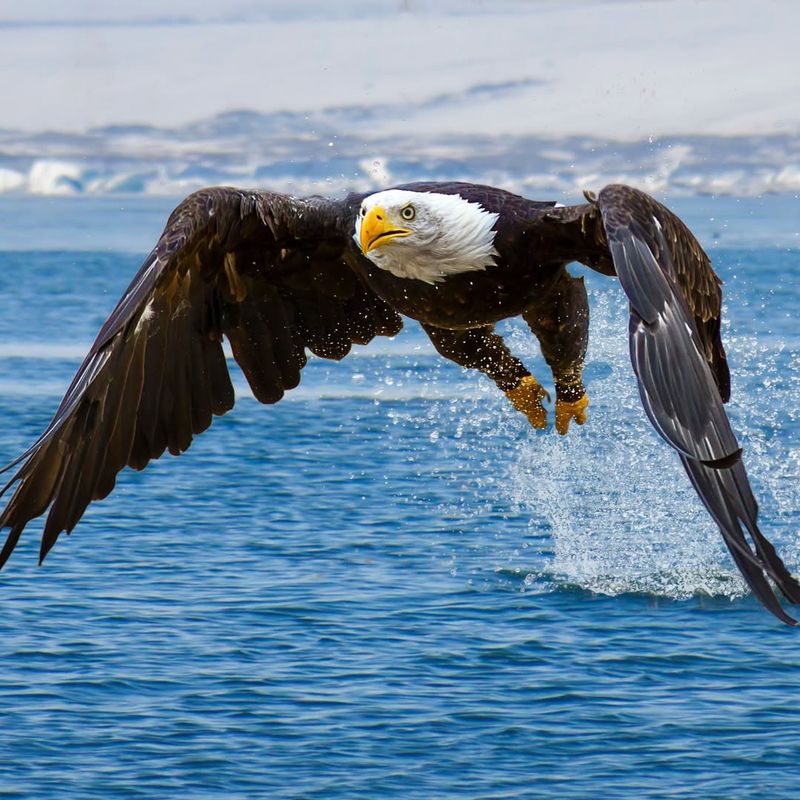
Eagles are often seen as symbols of power and freedom. These majestic birds have shown an ability to connect with humans, particularly those who work in conservation and rehabilitation.
In wildlife rescue centers, eagles have been known to form bonds with their caregivers, recognizing their presence and responding to their calls. Their keen eyesight and intelligence allow them to understand and adapt to human interactions.
One inspiring story tells of an eagle who was released back into the wild after injury rehabilitation, only to return regularly to visit his human saviors. This bond, forged through empathy and care, illustrates the eagle’s remarkable ability to connect with humans, offering a glimpse into their empathetic nature.
13. Seagulls’ Savvy
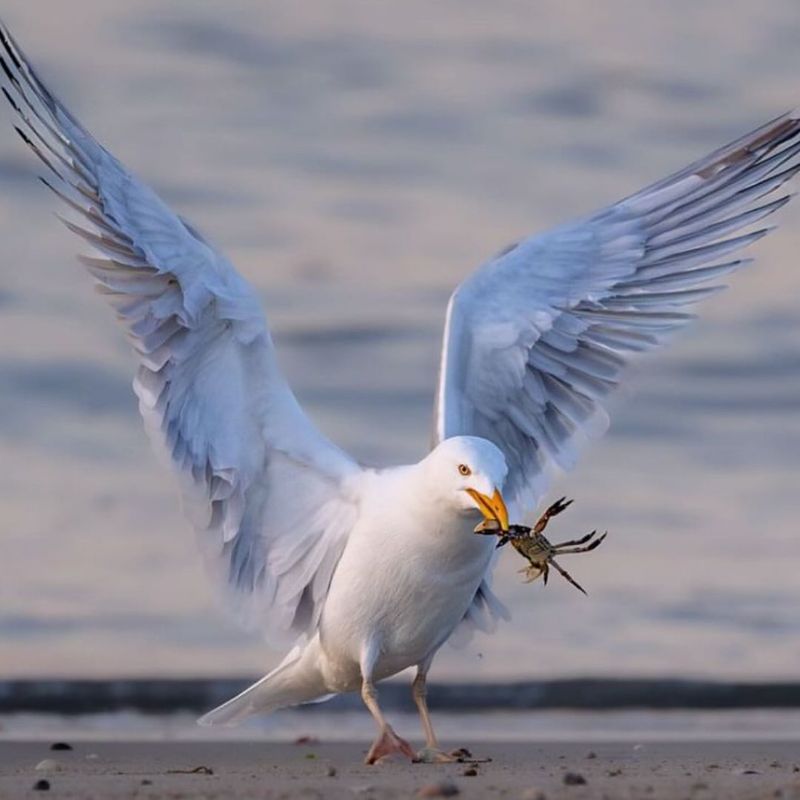
Seagulls are often seen as opportunistic scavengers, yet their savvy nature reveals a deeper understanding of human behavior. These birds have adapted brilliantly to urban and coastal environments, often engaging in amusing antics to secure food.
In seaside towns, seagulls have been observed watching humans closely, waiting for the perfect moment to swoop in and grab a snack. Their timing and precision suggest a keen awareness of human actions and routines.
One humorous tale involves a seagull who frequented a local deli, waiting outside for customers to exit before making a daring grab for their food. Such antics highlight the seagull’s cunning and adaptability, proving that their intelligence is as sharp as their beaks.
14. Flamingos’ Flair
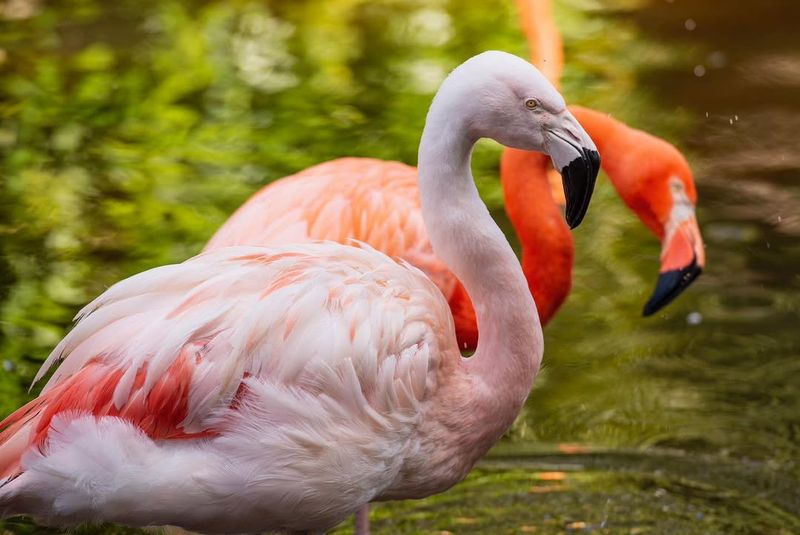
Flamingos are a symbol of exotic beauty and flair. These social birds have shown a remarkable ability to thrive in both wild and captive environments, often forming bonds with their human caretakers.
Their synchronized movements and communal displays attract admiration, drawing crowds to zoos and wildlife parks. Flamingos have been observed engaging with visitors, seemingly aware of the attention they receive.
One amusing incident involved a flamingo who appeared to dance alongside a group of tourists, mimicking their movements and delighting onlookers. Such interactions showcase the flamingo’s flair for engaging with humans, blending beauty with a unique ability to connect and entertain.
15. Albatrosses’ Allegiance
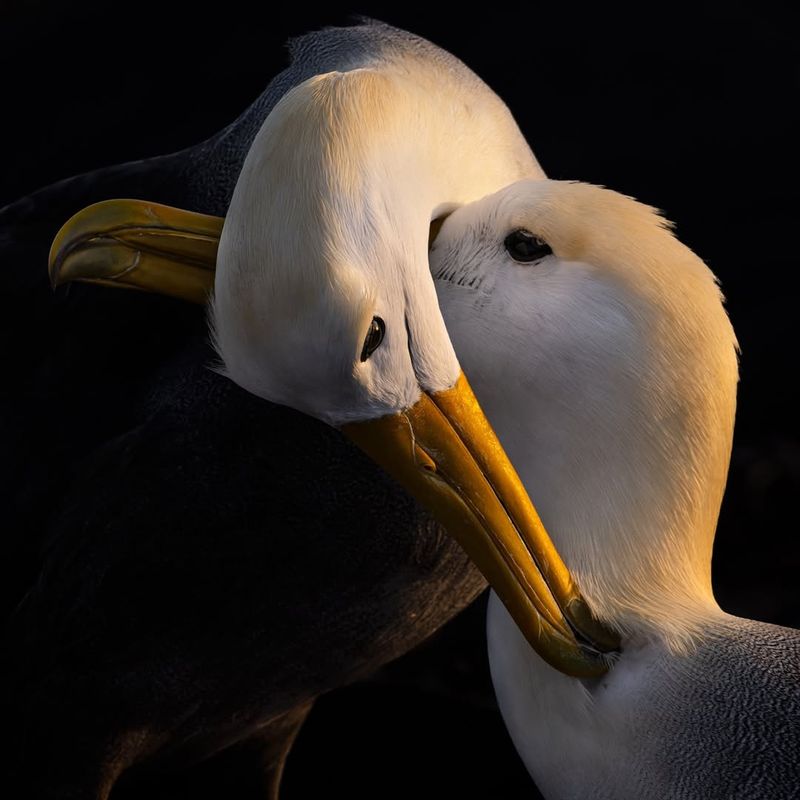
Albatrosses, known for their long wingspans and incredible endurance, have a special place in the hearts of sailors and ocean lovers. Their ability to glide effortlessly over vast distances has inspired legends and stories of loyalty and companionship.
These birds often accompany ships, soaring alongside them for days, seemingly unaffected by wind or weather. Their presence is considered a good omen, symbolizing guidance and protection at sea.
In one fascinating account, an albatross followed a fishing vessel for an entire voyage, becoming a regular companion to the crew. This allegiance and close interaction highlight the albatross’s unique bond with humans, proving that their loyalty extends beyond their natural habitat.
16. Woodpeckers’ Wit
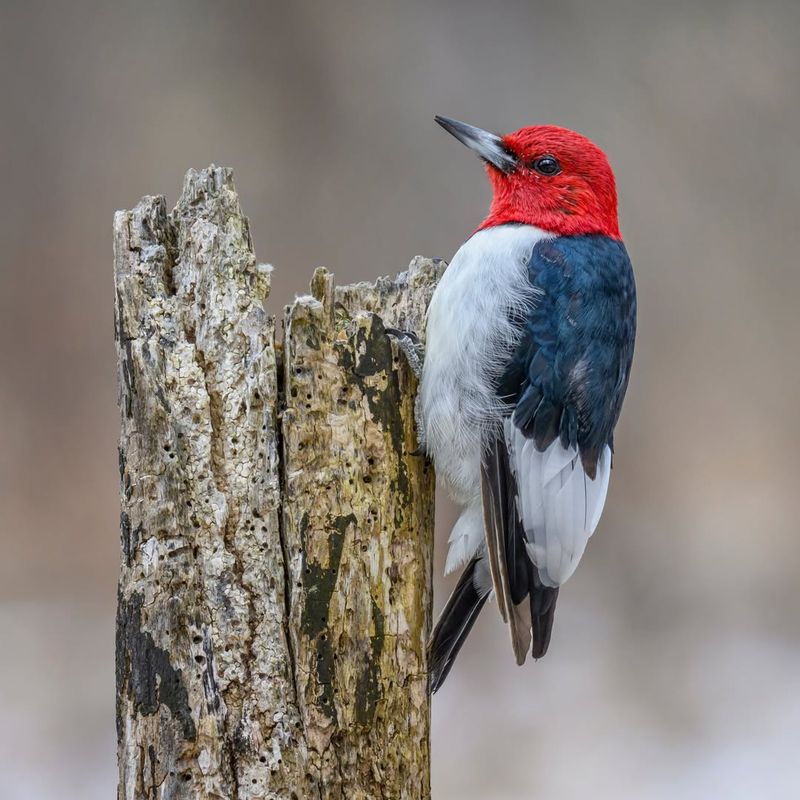
Woodpeckers are nature’s percussionists. Their rhythmic tapping on trees serves as both a communication tool and a method for finding food, showcasing their wit and resourcefulness.
In suburban areas, woodpeckers have been known to drum on metal surfaces, creating a loud and attention-grabbing sound. This behavior often amuses humans, drawing smiles and curiosity.
One endearing story involves a woodpecker who drummed on a homeowner’s gutter every morning, serving as an unconventional yet effective wake-up call. Such clever antics demonstrate the woodpecker’s adaptability and ability to engage with human environments in playful ways.
17. Lovebirds’ Loyalty
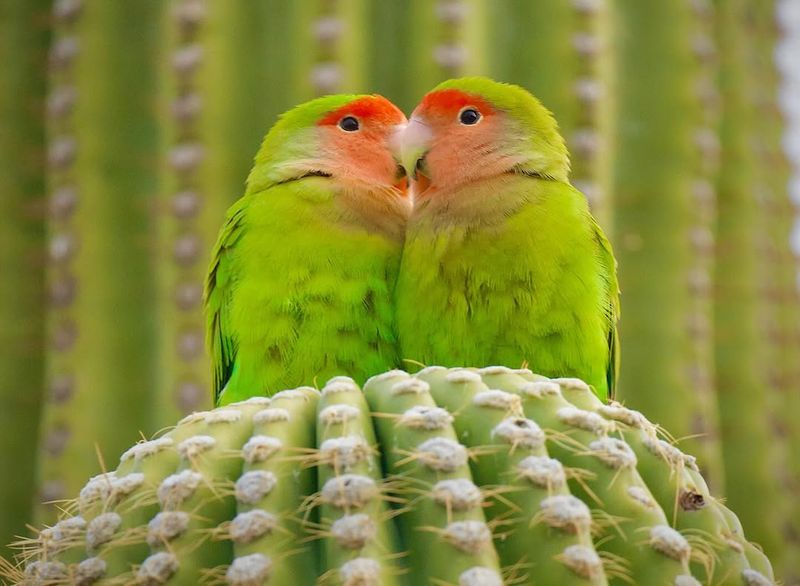
Lovebirds, true to their name, are known for their affectionate nature and strong pair bonds. These small parrots are often seen snuggling and grooming one another, showcasing a level of loyalty and devotion that captures the hearts of bird lovers.
Their vibrant colors and playful antics make them popular pets, and they have been observed forming close bonds with their human caretakers. Lovebirds often mimic sounds and are known to respond to their names, demonstrating their intelligence and social nature.
In one heartwarming story, a pair of lovebirds would greet their owner with cheerful chirps every morning, brightening their day with affectionate gestures. This display of loyalty and companionship highlights the lovebird’s remarkable ability to connect with humans, embodying the true essence of their name.
18. Peacocks’ Pride
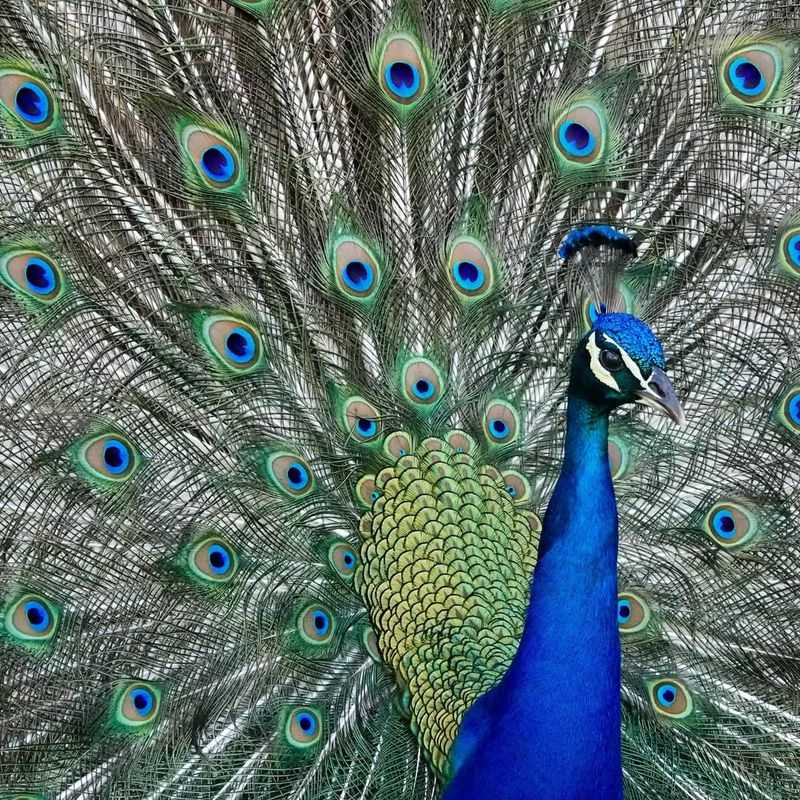
These magnificent birds have long captivated human audiences with their elaborate displays and confident struts.
In gardens and zoos, peacocks often become the center of attention, drawing admirers with their vibrant colors and majestic presence. Their ability to sense and respond to human admiration further enhances their allure.
A delightful instance involves a peacock who would spread his feathers and strut proudly whenever visitors approached, seemingly aware of their admiration. This prideful behavior, combined with their beauty, makes peacocks a symbol of elegance and self-awareness, enchanting all who encounter them.
19. Kestrels’ Kindness
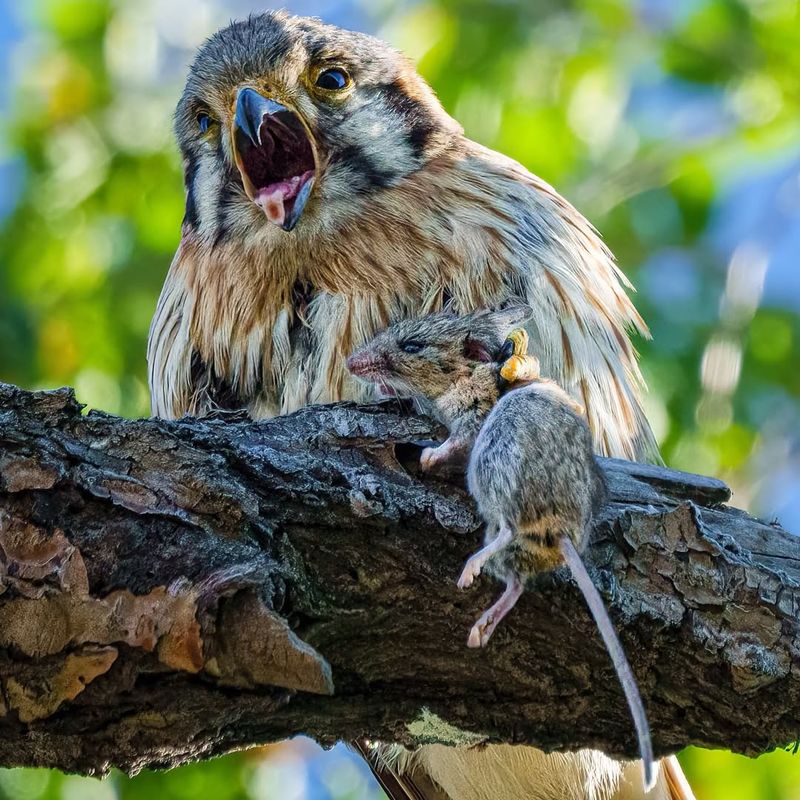
Kestrels are the smallest falcons yet possess a formidable presence. These agile hunters have shown a gentle side, particularly in falconry, where they form bonds with their human handlers.
Their keen eyesight and swift flight make them exceptional companions in sport hunting, where they work closely with falconers. Kestrels have been known to respond to calls and signals, showcasing their intelligence and ability to collaborate with humans.
One touching story tells of a kestrel who returned to its handler after being released, sitting gently on their shoulder as if to say thank you. This act of kindness and trust illustrates the kestrel’s ability to connect with humans, blending their fierce nature with a surprisingly gentle touch.
20. Sparrows’ Sociability
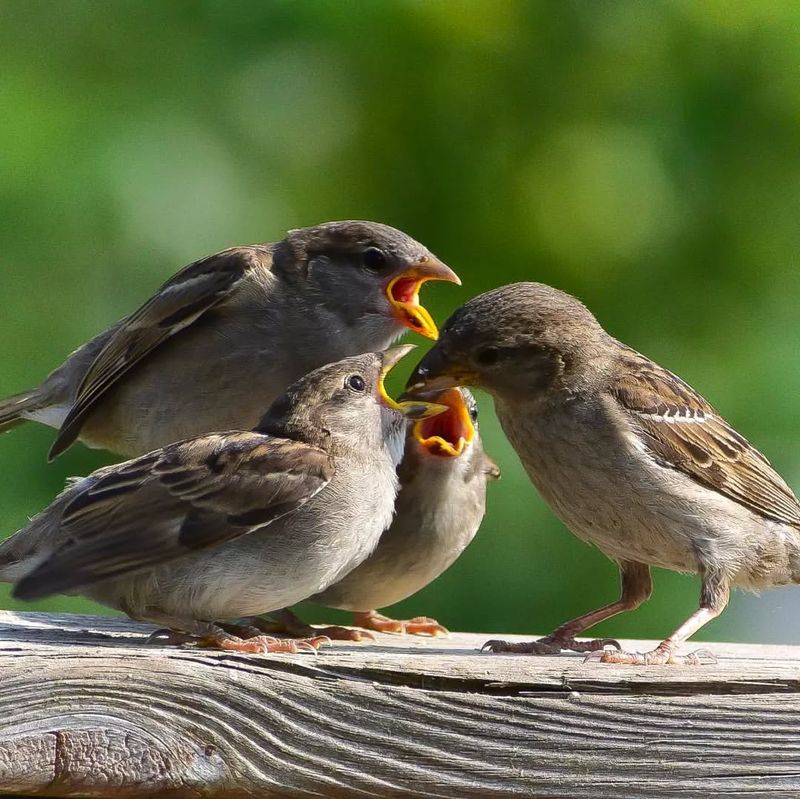
Sparrows, with their cheerful chirps and sociable nature, are ubiquitous in both rural and urban landscapes. These small birds often form large flocks, their lively interactions bringing joy to those who observe them.
In cities, sparrows have adapted to human presence, often scavenging for food and engaging in playful antics. Their ability to thrive in diverse environments speaks to their resilience and adaptability.
One charming anecdote involves a sparrow who regularly visited a café, chirping happily as customers enjoyed their meals. This sociable behavior, combined with their friendly demeanor, makes sparrows a beloved part of the human landscape, proving that their tiny size belies a tremendous capacity for connection.

